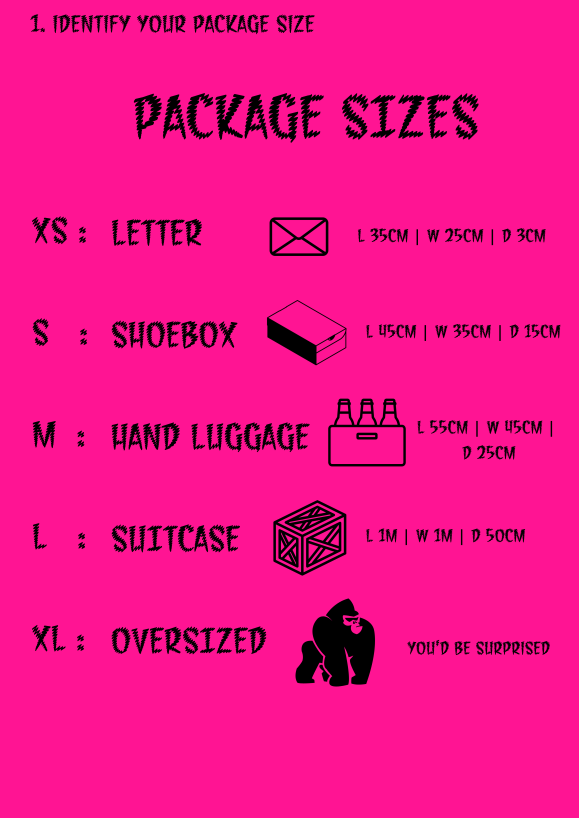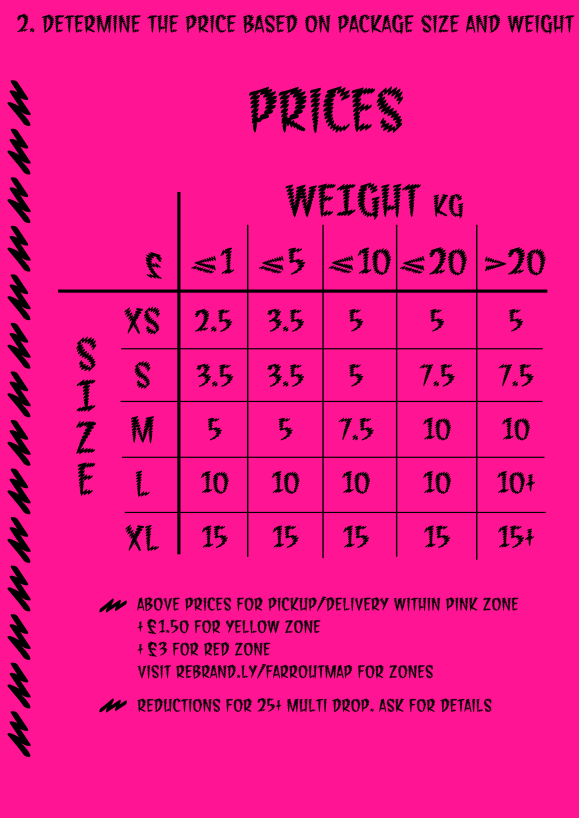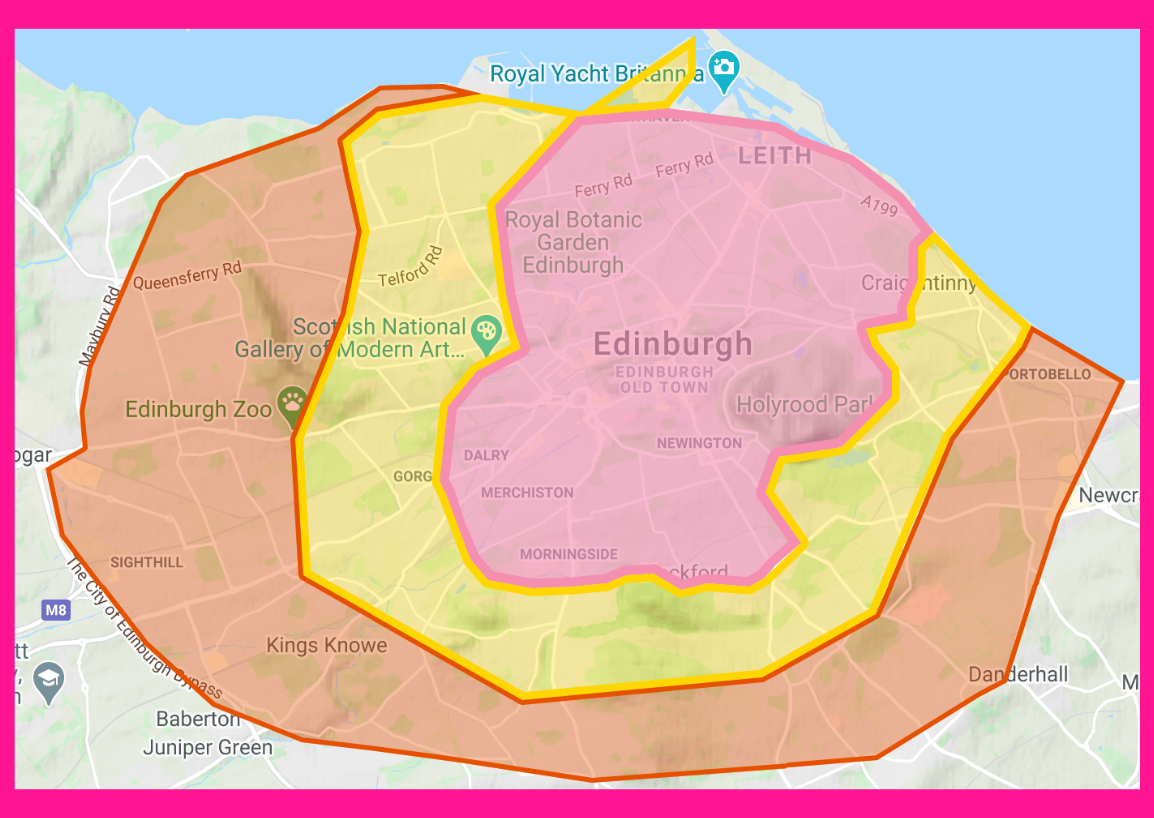A carbon calculator for tool libraries
In 2020 we started a project to create a carbon calculator that shows how much carbon was prevented from entering the atmosphere because tools were shared instead of bought. “Borrowing not buying” and reuse are imporant parts of or environmental aims, so figuring out how much impact we (and every other sharing library) are having is really important. There are other ways we save carbon (such as waste reduction, recycling, shared workshop space, material reuse) but these aren’t included at this stage.
Emission Factors:
A central part of the tool library carbon calculation is the emission factor. To calculate the amount of carbon saved, we need to know how much carbon was released in the making of a new version of a tool – the one someone would have bought if they didn’t borrow one instead. We need to know how much carbon was used to make the constituent parts – the embedded or embodied carbon. There are 3 databases of embedded carbon that we have used. Embedded carbon is the amount of carbon released in cradle to gate processes like extraction, transport, refinement and shaping. These aren’t perfect, for example there isn’t an embedded carbon value for a cordless drill, but there are factors for steel, plastic, batteries etc. We have combined these to approximate as best we can to create 12 different emission factors, to cover the make-up of most tools in a tool library inventory. These are shown in the table below. The 12 different factors are a combination of embedded carbon values according to the approximate amounts of that material in that tool type. It’s important to note that we are calculating the carbon produced in the manufacture of a new tool (which is not purchased because of the existence of the tool library), so we are not concerned with the material composition of older tools.
We used 3 different embedded carbon material databases to decide on each emission factors. These are:
- The ICE (Inventory of Carbon and Energy) by Circular Ecology and the University of Bath. https://circularecology.com/embodied-carbon-footprint-database.html
- The Climate Impact Forecast – LCA for startups and impact entrepreneurs. https://climate.impactforecast.org/about/
- Greenhouse Gas Reporting: Conversion Factors 2020, UK Government. https://www.gov.uk/government/publications/greenhouse-gas-reporting-conversion-factors-2020
When there were differences between these databases, we selected the data that most accurately represented our use case for tools, or in some cases combined data for more accuracy. This is noted in the second table below.
Emission factor types
We have selected 12 different emission types, categorised by the materials (one or more) in common tools.
| Type | Example |
| solid metal | Crowbar, wrench |
| solid plastic/rubber | Paint tray |
| mixed plastic/rubber and metal | Paint roller, screwdriver |
| mixed wood and metal | Chisel, Axe |
| mixed wood and plastic | Garden rake |
| wood | Mallet |
| aluminium | Spanner, bike tool |
| fabric | Bag |
| Cordless power tool | Cordless drill |
| Corded power tool (no battery) | Corded angle grinder |
| Petrol based (metal mostly) | Lawn mower |
| WEE ( flashlights, meters) | Sensors |
Emission Factor Values
| Type | Value | notes | source |
| solid metal | 3.2485 | Assume an average by weight of 95% steel and 5% aluminium | ICE database values |
| solid plastic/rubber | 3.218 | Assume an average by weight of 80% plastic, 20% rubber | ICE database values |
| mixed plastic/rubber and metal | 3.23325 | Assume an average by weight of 50% plastic/rubber, and 50% solid metal factor | ICE database values |
| mixed wood and metal | 1.87075 | Assume an average by weight of 50% wood, and 50% metal factor | ICE database values |
| mixed wood and plastic | 1.8555 | Assume an average by weight of 50% plastic/rubber, and 50% of solid metal factor | ICE database values |
| wood | 0.493 | An average value, provided by ICE database | ICE database values |
| aluminium | 7.63 | Database value assumes and Aluminium trade mix (66% prim 33% sec) | Climate Impact Forecast value |
| fabric | 7.96 | Assume an average by weight 50% cotton fabric and 50% nylon | ICE database value |
| Cordless power tool | 6.165 | ICE database does not include battery values, so using UK government value for battery (12.119).Climate Impact database has a factor for motors under 500W, so using this value to improve accuracy for material content of motor.Assume an average by weight of 30% battery, 15% motor, 15% solid metal factor, and 40% plastic/rubber factor | Motor value from Climate Impact Forecast, battery from UK Government database, others from ICE database |
| Corded power tool (no battery) | 3.771 | Assume an average by weight of 30% motor, 30% solid metal factor, 40% plastic/rubber factor | Motor value from Climate Impact Forecast, others from ICE database |
| Petrol based (metal mostly) | 4.132 | Assume an average by weight of 50% motor, 25% solid metal factor, 25% plastic/rubber factor | Motor value from Climate Impact Forecast, others from ICE database |
| WEE (flashlights, meters) | 1.760 | “Small “ WEEE value | Government Factors database value |
With these 12 values and the borrowing history of our tool library, we can calculate our carbon savings for any time period, tool type or member.
The calculation for each tool is:
number of times tool was borrowed instead of bought x weight of tool x emission factor = carbon saved for that tool
We are working with myturn.com to integrate this calculation on their website so that every sharing library that uses myturn will be able to see their carbon saving.




